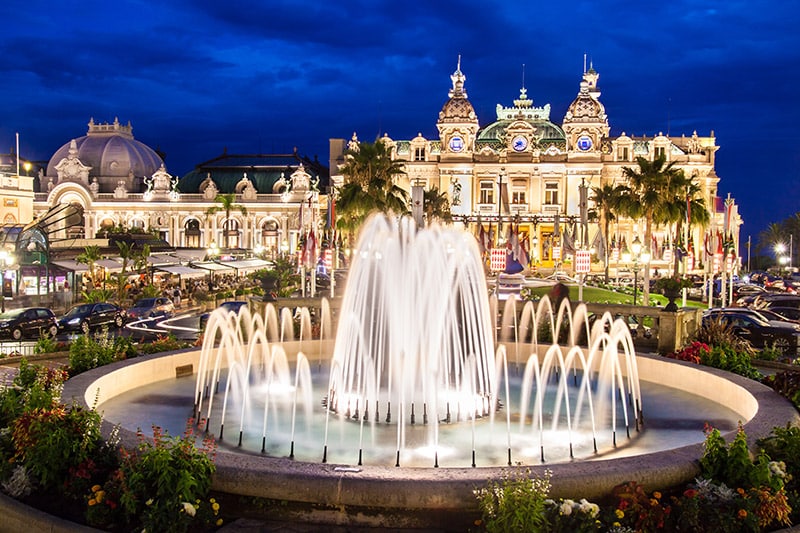Monaco, the land of the rich and famous, is located on the French Riviera between Nice and Italy.
Monaco is quite small, only about two square kilometres but is densely populated and highly developed. With the sea to the west and mountains to the east, Monaco is incredibly picturesque.
Monaco is separated into many districts, also known as quartiers in French.
Monaco is known for having four main districts, but in actuality, there are ten districts. The four most well-known quartiers are Monte Carlo, La Condamine, Fontvieille, and Monaco-Ville. Each district has its own special and unique characteristics, coming together to create Monaco.
The six lesser-known quartiers are Larvotto, La Rousse, Saint Michel, Moneghetti, Les Revoires, and Jardin Exotique.
Monaco Street Map
View Larger Map
Monte Carlo
The world renowned Monte Carlo is the most famous district within Monaco, known for the glamorous Monte Carlo Casino, luxury hotels, and fine dining establishments.
With the Mediterranean Sea to its north and east sides, Monte Carlo is between La Condamine to the west and Fontvielle to the south. Monte Carlo is located on a hilly cliff that rises over the Mediterranean Sea.
In this district, you will find several very steep streets and stunning terraces that lookout over the glistening sea. In the early days of Monaco, the Monte Carlo Casino was created, therefore putting Monte Carlo on the map as a high-end glamorous destination. Since the 19th century, the Monte Carlo Casino has symbolized prestige and wealth which has brought a sense of exclusivity to the district of Monte Carlo.
Often nicknamed the billionaire’s playground, Monte Carlo played into this with its architecture using the popular Belle Époque style, which symbolizes wealth and luxury. In the Monte Carlo district, you will find perhaps two of the most iconic attractions in Monaco- the Monte Carlo Casino, one of the most famous casinos in the world, and the Hôtel de Paris Monte-Carlo, which is a luxurious and historical hotel that is often a go-to for famous and wealthy visitors.
Within the Monte Carlo Casino there is the globally recognized Opera de Monte Carlo which hosts exclusive performances throughout the year. The quartier hosts many high-end events each year including the Monaco Grand Prix and the Monte Carlo Rally.
Along with the high-end boutiques and luxury real estate, Monte Carlo also boasts quite a rich cultural scene, offering many museums, art galleries, and performance spaces.
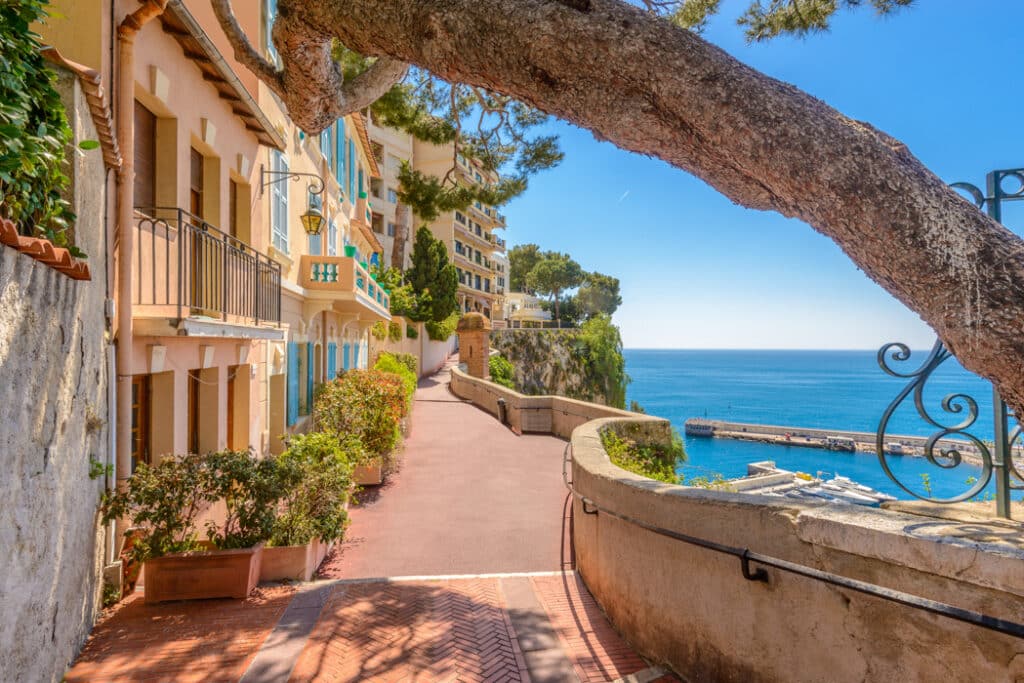
La Condamine
In the heart of Monaco you will find the La Condamine district.
La Condamine is notable for having residential, commercial, and industrial areas in such a small surface area. The second smallest district in Monaco, and just over .28 square kilometres, La Condamine is one of the oldest areas in Monaco and is located on the Port Hercules harbour. Located in the northwestern part of Monaco, La Condamine is adjacent to Monte Carlo.
This district is unique for Monaco because while most of the country is quite hilly and steep, La Condamine is relatively flat. La Condamine dates back several centuries and has been inhabited since the Ligurians settled in the region in the 6th Century BC. Port Hercules was named after the Greek God, Hercules, and there are even tales that the God passed through the area.
The port grew over the years as it became a significant harbour and trading centre. The Port Hercules harbour is able to accommodate some of the largest yachts in the world and many travellers come to get a look at the incredibly stunning and extravagant ships.
La Condamine is a vibrant district where you can also find the bustling market, Condamine Market. This is a popular area for shopping and dining and you can find everything from fresh produce to clothing within the market.
In and around the market there are a variety of small boutiques, cafes, and bars and restaurants lining the waterfront. This district has several museums and art galleries, including the museum which exhibits the history of Monaco’s earliest inhabitants, the Museum of Prehistoric Anthropology.
La Condamine is home to the world-renowned Monaco Yacht Show as well as being the starting and finishing point for the Monaco Grand Prix.
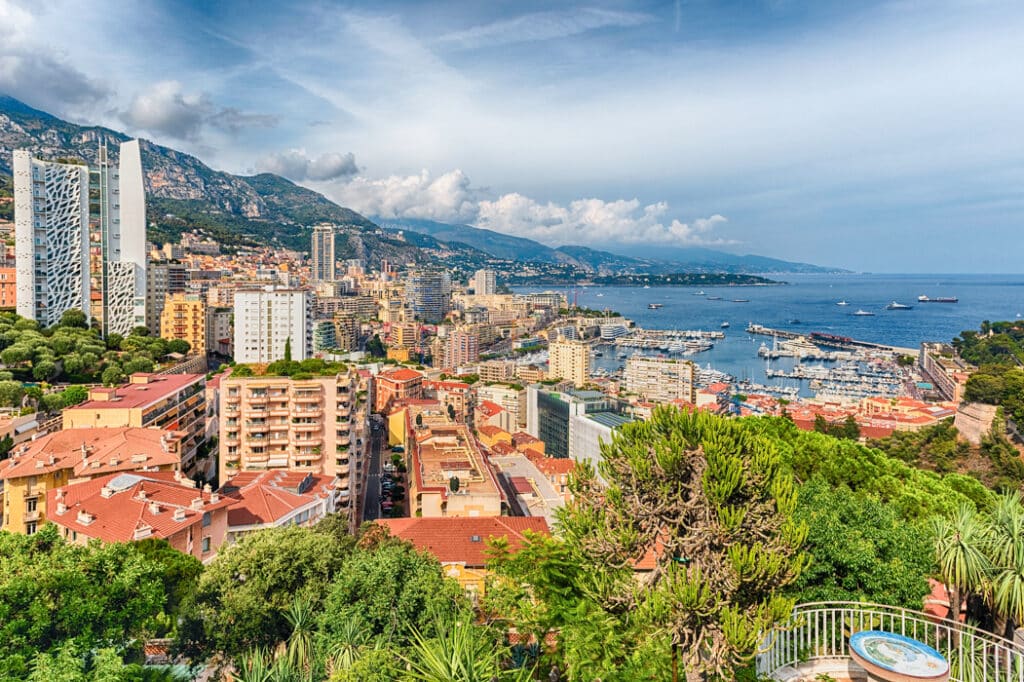
Fontvieille
In the southernmost region of Monaco, Fontvieille is a relatively new district of Monaco, only being reclaimed from the sea in the 1970s and 1980s.
Fontvieille was created by Monaco expanding the territory by artificially filling in the Mediterranean Sea creating approximately 40 hectares of new land. Before Fontvieille was developed, it was used for industrial reasons and had several factories and warehouses located in the area. In the late 20th century, Monaco put a focus on creating a functional neighborhood out of Fontvieille, creating a grid pattern for the streets, a well-organized neighborhood, and ample green spaces.
Now, Fontvieille is known for being incredibly modern and upscale. There are many luxury residential buildings, offices, and shopping centers.
Many travellers visit Fontvieille to see the Princess Grace Rose Garden or the Stade Louis II Park. The Stade Louis II Park is a sports complex and park and is home to the AS Monaco Football Club. Designed by famous architect Jean-Michel Wilmotte and named after Louis II, Prince of Monaco, the park features a football stadium along with several walking paths and green spaces.
The public park here is frequented by locals looking to get away from the craziness of Monaco. This district offers an additional, smaller port for smaller boats and yachts as well as the Monaco Heliport, where visitors can travel to Monaco by helicopter.
Monaco-Ville
Known for being the oldest quartier in Monaco, Monaco-Ville sits on a rocky cliff jutting out into the Mediterranean Sea.
Monaco-Ville is the historic heart of Monaco and the region has played a pivotal role in Monaco becoming the country we know it as today. In ancient years, many groups and tribes, such as the Ligurians and the Romans, settled in the region because of the protection that the large cliff jutting out into the sea provided.
Now known as The Rock of Monaco, the Genoese built a fortress on top of the cliff which is now the Prince’s Palace and where the Royal Family still lives today. The Rock of Monaco (or Le Rocher in French) is a huge part of this quartier but Monaco-Ville also includes the surrounding area.
Monaco-Ville is quite small, being just larger than .20 square kilometers. Monaco-Ville is located on the highest point in Monaco providing a phenomenal viewpoint. To get to Monaco-Ville, you must either take the incredibly steep steps or use the many elevators or escalators throughout the city.
Monaco-Ville is very popular among tourists as it has numerous historical and cultural landmarks, including the Oceanographic Museum, the Cathedral of Monaco, and the Prince’s Palace. Monaco-Ville is known for having charming streets in the Old Town and the stunning picturesque views overlooking the sea and the city.
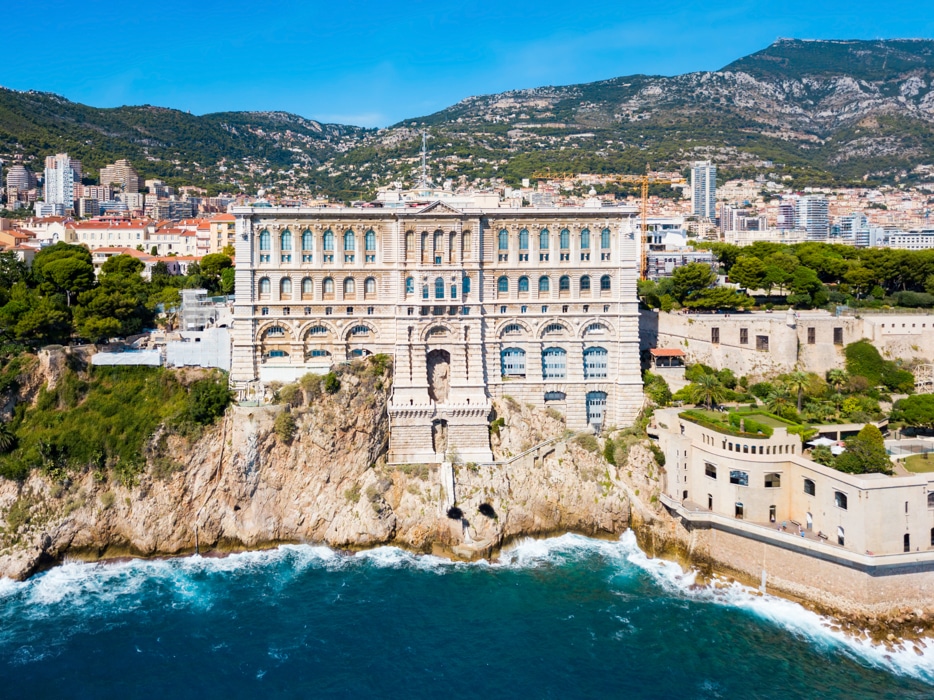
Larvotto
Larvotto brings sandy beaches and a seaside atmosphere to Monaco.
This district offers the Larvotto Beach, beach clubs, and the Promenade Maréchal Leclerc, a walkway along the coast offering stunning views of the Mediterranean Sea.
La Rousse
In the northeastern region of Monaco, La Rousse is a residential area with many luxurious villas and high-end real estate. This quartier is popular amongst affluent residents and is known for being quite exclusive.
Saint Michel
Located in the central-western region of Monaco, Saint Michel is a residential quartier within Monaco. This neighborhood offers a range of housing options, catering to many different lifestyles from upscale apartments to residential buildings.
Moneghetti
Moneghetti looks over the central area of Monaco from atop a hillside. Known for having charming streets and being a residential neighbourhood, Moneghetti is popular amongst locals and ex-pats living in Monaco.
With a range of housing preferences, Moneghetti offers townhouses along with luxurious villas. Additionally, the International School of Monaco is within Moneghetti.
Les Révoires
Known for having a peaceful and residential atmosphere, Les Révoires is a residential neighbourhood offering many community facilities such as schools, parks, and Parc des Révoires- a peaceful park popular for leisurely strolls and outdoor activities.
Jardin Exotique
World-renowned botanical garden, Jardin Exotique offers panoramic views of the Mediterranean Sea showcasing over 1,000 species of plants from around the world. Many travellers come to this region to explore the Observatory Cave, a limestone cave giving visitors the option to explore the world of stalactite and stalagmite formations.
Car Rental in Monaco
Many people often wonder if they need to rent a car for a trip to Monaco. To explore all ten districts- you don’t necessarily need a car. Monaco is pedestrian friendly and has limited parking available.
However, car rental is recommended if you plan on travelling outside of Monaco along the French Riviera for many reasons.
If choosing to rent a car, make sure to plan in advance as prices get competitive during peak season, do your research on rental requirements- you may need an international driver’s permit, and make sure you have a reliable GPS system.

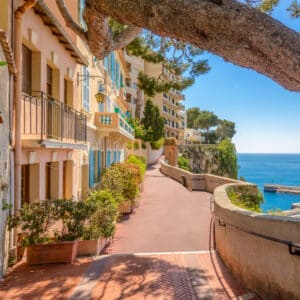
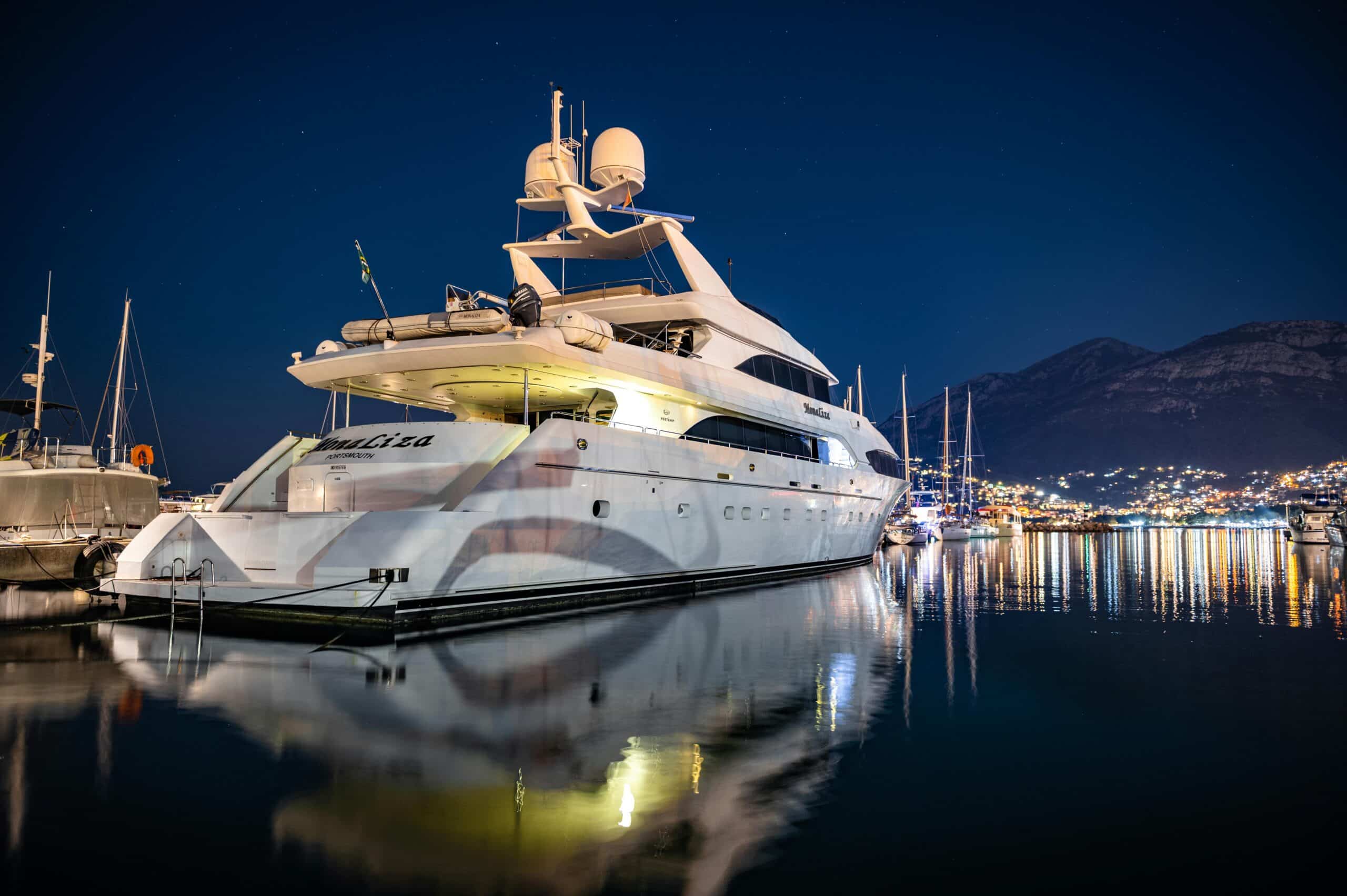
![Top 10 Things To Do in Monaco in May [2025] 6 things to do in monaco in winter](https://yourmonaco.com/wp-content/uploads/2023/11/cityscape-of-monaco.jpg)
